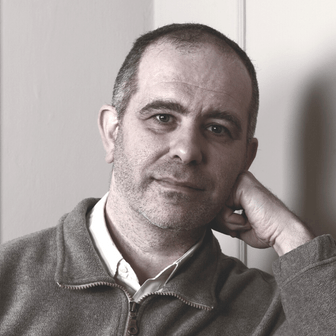Orthodox Calendar – Julian Calendar
Pope Gregory XIII in 1582 reformed the old Julian calendar (introduced by Julius Caesar), which, having a small calculation defect with respect to the solar calendar, no longer respected the course of the seasons. With the new calendar a good 10 days were eliminated between October 5-14 of the year 1582, and were no longer considered leap years the years of the centuries not divisible by 400.
This new calendar, which is the one we still use today, got his name from that Pope and which was called the Gregorian calendar.
In some countries, the Orthodox Church celebrates its festivities according to the Julian calendar, which differs 13 days from the Gregorian calendar, currently in use in the rest of the world and used even in Orthodox countries as a civil calendar. For this reason in these countries, Christmas is celebrated on January 6. Even Easter’s date differs between the East and the West.
The Orthodox liturgical year is characterized by the alternating of festivals and fasts, and is similar to that of the West. However, traditionally it is begun on September 1st and not the first Sunday of Advent. It includes twelve major holidays, present also in the Western calendar, having to do with Jesus and the Virgin Mary, plus Easter which is the most important holiday.
"Winter Fast" is the name of the long fasting period preceding Christmas, while the fast corresponding with Lent, just before Easter, is called the “The Big Fast”. There are other fasting periods such as the “Apostles’ Fast” preceding the festival of Saints Peter and Paul, one or two weeks long, and the fast preceding the Dormition of Virgin Mary, for two weeks, from August 1-14.
The twelve major holidays:
- The Nativity of Mary Mother of God (September 8)
The birth of the Virgin Mary by Gioacchino Joachim and Anna
- The Feast of the Cross (September 14)
The rediscovery of the cross of Jesus
- The Entry of the Most Holy Theotokos into the Temple (November 21)
Mary’s first entrance to the Temple at the age of 3
- The Nativity of our Lord and Savior Jesus Christ (December 25)
The birth of Jesus, or Christmas
- Theophany (January 6)
The Epiphany (the visit of the 3 kings “Magi”), Christ’s baptism (the blessing of the water), the Wedding in Cana
- Encountering the Lord (February 2)
In the West, Mary and Joseph’s Presentation of Jesus at the Temple (and also “the purification of Mary” )
- The Annunciation of the Virgin Mary (March 25)
The archangel Gabriel’s announcement to Mary - The Triumphal Entry into Jerusalem (Sunday before Easter)
Known in the West as Palm Sunday
- The Ascension (40 days after Easter)
Christ’s ascent into Heaven
- Pentecost (50 days after Easter)
The Descent of the Holy Spirit
- The Transfiguration of our Lord (August 6)
Jesus’ transfiguration in front of Peter, James and John
- The Dormition of Virgin Mary (August 15)
In the West, called the “Assumption ofMary”
Some Orthodox Churches adopt a mixed calendar: for the holidays falling on mobile dates, the Julian Calendar is followed (such as the Orthodox Easter which must always be celebrated after the Hebrew Passover), while for the holidays falling on fixed dates, the Gregorian calendar is followed (Christmas, for instance). The Julian calendar is followed mostly by the Serbian, Bulgarian, Russian, Gregorian and Jerusalem Churches

Ciao,
mi chiamo Stefano.
Piemonte Sacro è la mia passione dal 2001.
AIUTA il progetto Piemonte Sacro a crescere
DONA SOLO 2 euro! Te ne sarò GRATO .




